

— Blogs —
—Products—
 Consumer hotline +8618073152920
Consumer hotline +8618073152920 WhatsApp:+8615367865107
Address:Room 102, District D, Houhu Industrial Park, Yuelu District, Changsha City, Hunan Province, China
Product knowledge
Time:2025-11-05 11:31:45 Popularity:239
Amid the global wave of digitalization, weather monitoring is evolving from traditional manual observation to intelligent automation.
In the past, weather stations merely collected data like temperature, humidity, wind speed, and rainfall. Today, with the integration of the Internet of Things (IoT) and cloud computing, weather monitoring systems have transformed into comprehensive platforms capable of real-time sensing, remote monitoring, intelligent analysis, and data sharing.
Smart IoT Weather Stations are becoming the digital hub for industries such as agriculture, energy, environmental protection, and transportation. They don’t just measure data—they connect information to decision-making, enabling users to shift from “watching the weather” to “creating value with weather data.”
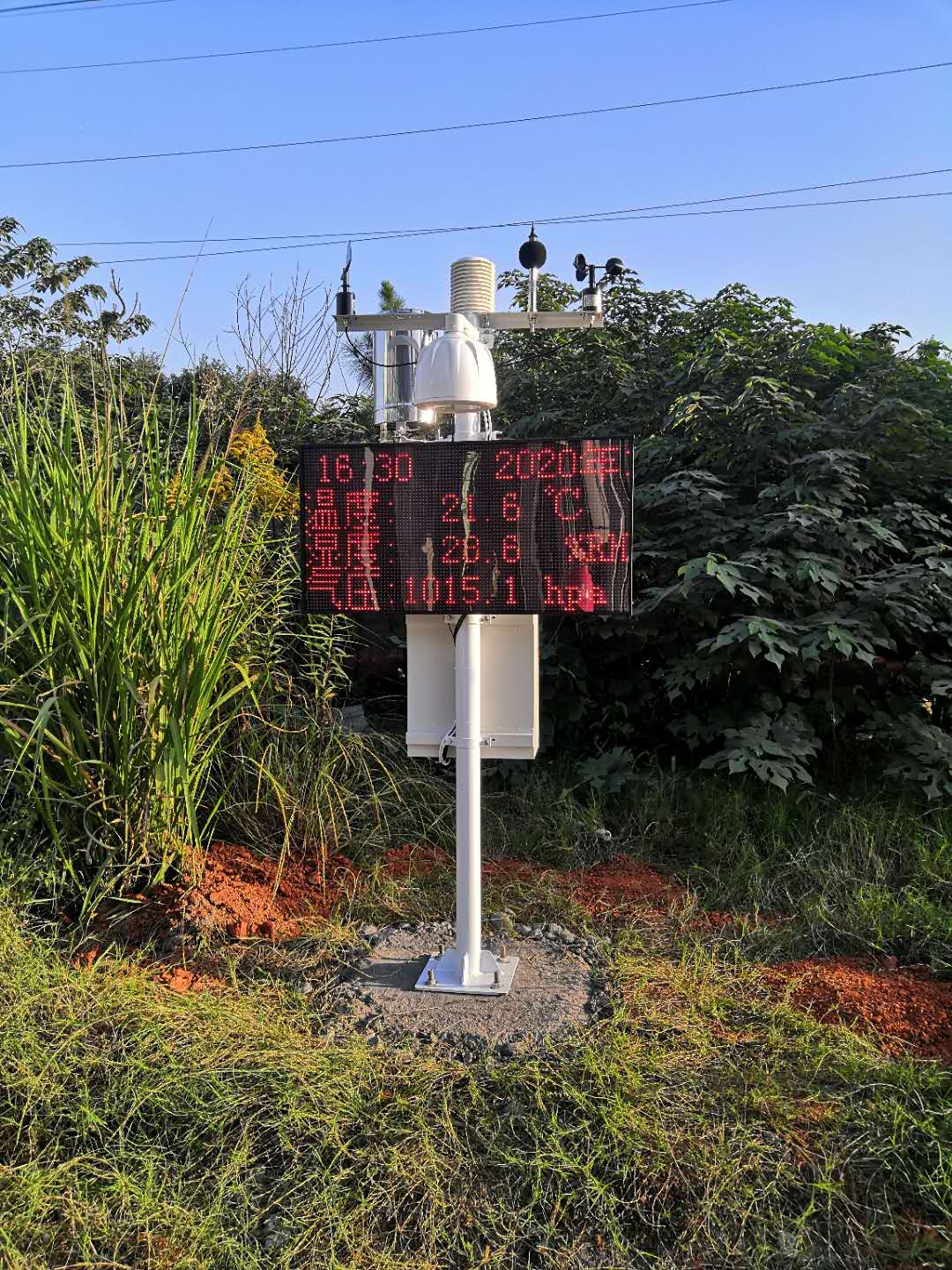
A high-performance smart weather station system typically consists of the following five core elements:
Covering critical parameters such as temperature/humidity, wind speed/direction, atmospheric pressure, rainfall, solar radiation, etc., providing a high-precision foundation for data collection.
Data is transmitted in real time via RS485, MODBUS, LoRa, or other interfaces, ensuring low latency and high stability.
Supports 4G/5G, LoRaWAN, Wi-Fi, and other communication methods for remote data upload and monitoring.
The system automatically detects network interruptions and syncs unsent data once connectivity is restored.
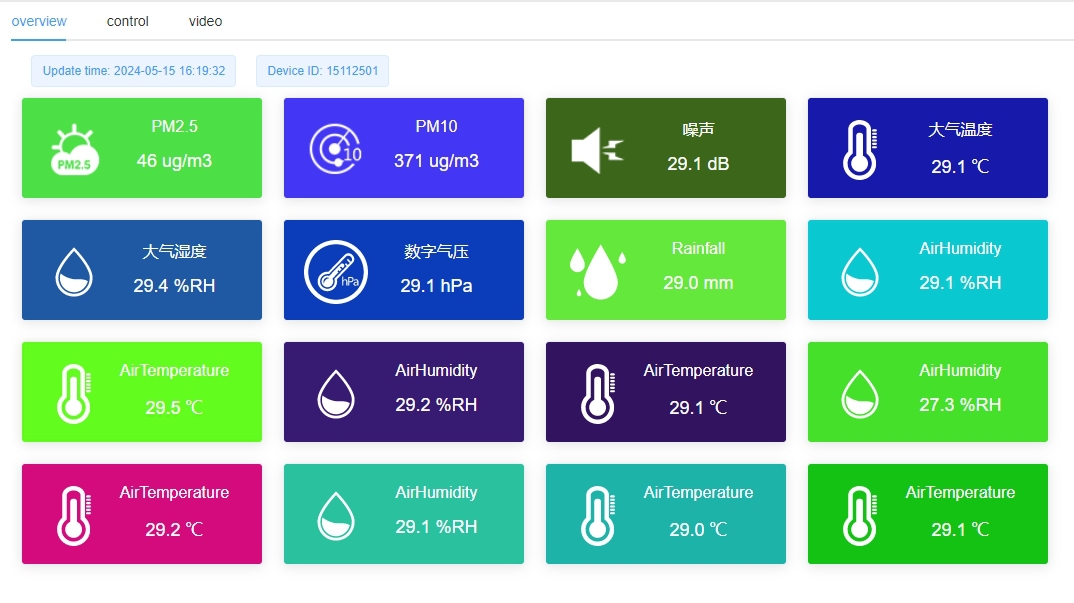
The “brain” of the smart weather station, receiving, storing, and visualizing data in real time.
Users can access real-time weather graphs, historical trends, alerts, and predictive analytics via web or mobile app.
Data can be integrated into third-party platforms or SCADA systems with API support.
The cloud platform uses algorithms to analyze long-term monitoring data—such as evapotranspiration forecasting, wind energy assessment, and crop water demand estimation—turning raw data into actionable insights.
Equipped with solar panels and lithium batteries to ensure long-term stable operation in remote areas.
Intelligent power management reduces consumption during adverse weather, extending battery life.
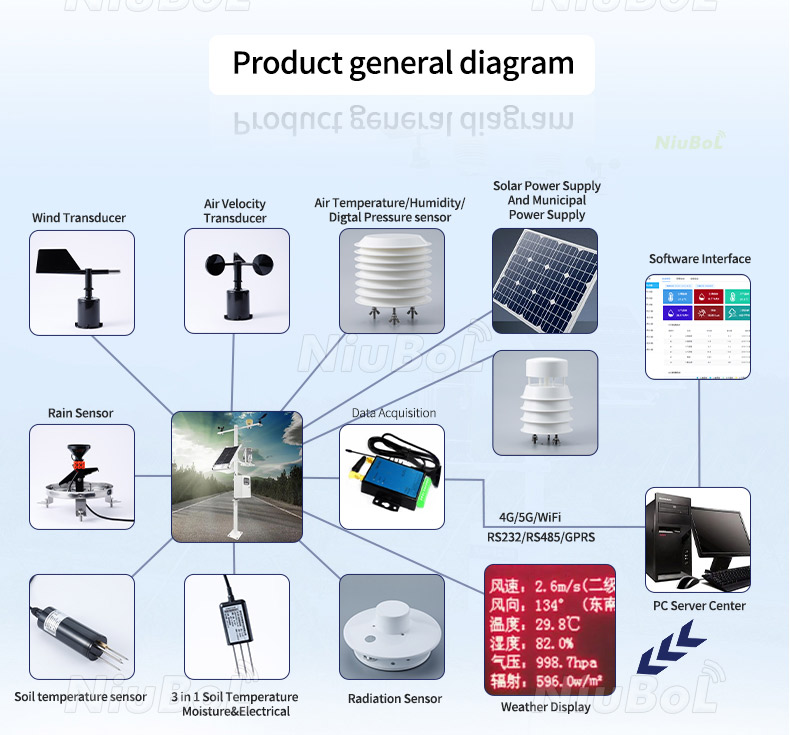
When paired with soil sensors, weather stations form a complete smart agriculture monitoring ecosystem.
Real-time data on temperature, humidity, radiation, and rainfall enables farmers to precisely schedule irrigation and fertilization, minimizing waste.
The system predicts crop growth conditions, issues frost warnings, and monitors pest risks—shifting farming from experience-based to data-driven.
In photovoltaic plants, smart weather stations monitor solar radiation, wind speed, temperature, and pollution levels to:
- Evaluate power generation efficiency
- Track energy loss and maintenance cycles
In wind power projects, real-time wind speed and direction data support turbine start/stop decisions and safety controls.
Combined with cloud algorithms, energy managers can optimize operations and maximize returns.
Smart weather stations are widely deployed in smart cities, transportation, campuses, research, and ecological conservation projects.
Integrated with air quality, noise, and flood warning systems, they form a comprehensive environmental sensing network, supporting urban safety and sustainable development.
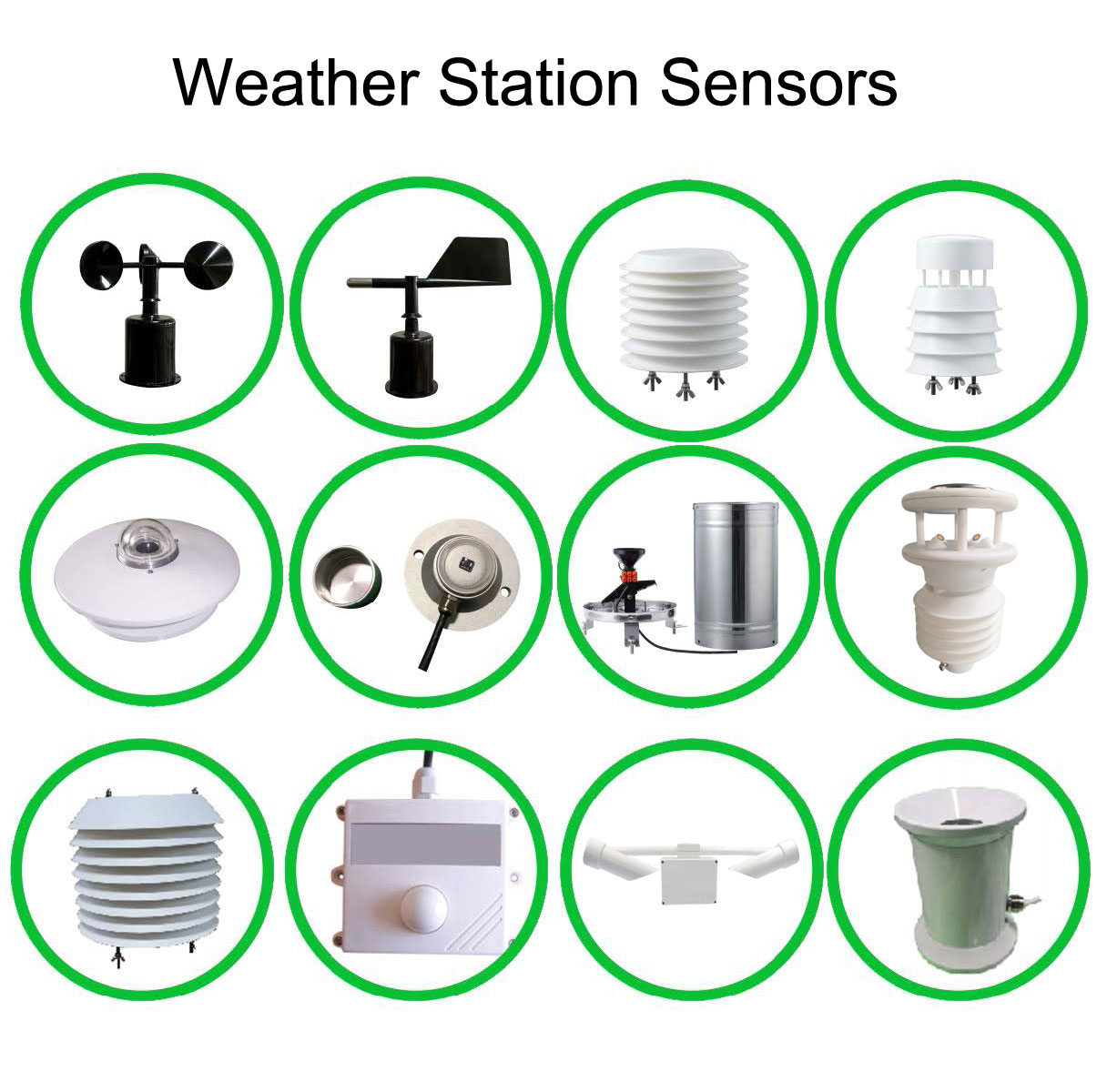
- Real-Time Remote Monitoring: Access data from anywhere in the world with multi-device support and push alerts
- Open & Compatible Architecture: Supports MODBUS, MQTT, HTTP API for seamless integration
- High Precision & Stability: Industrial-grade sensors maintain accuracy over extended periods
- Low Power & High Reliability: Smart power management ideal for remote deployments
- Data Security & Backup: Multi-copy cloud storage with local caching and auto-recovery upload
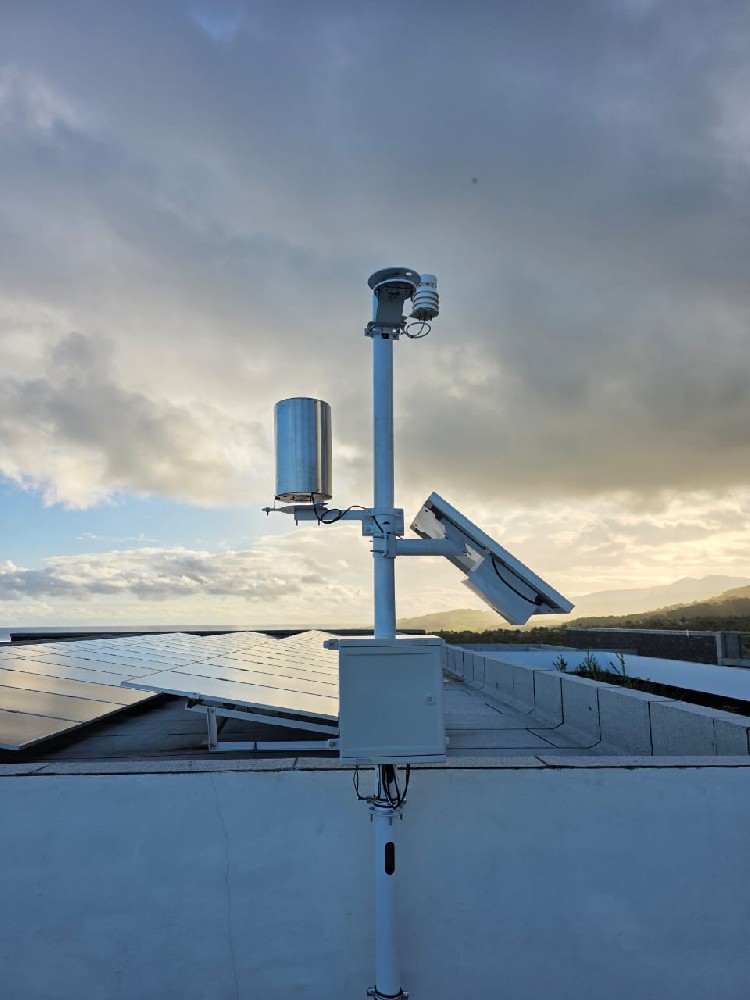
Niubol specializes in the R&D and manufacturing of environmental and agricultural IoT devices. Its smart weather station series integrates multi-sensor measurement, cloud-based data visualization, and intelligent analytics, with customizable communication protocols and platform integration—delivering a turnkey smart monitoring solution.
- View and analyze multi-site data in real time
- Set custom alert thresholds
- Generate professional reports
- Connect via API to external systems (e.g., irrigation controls, energy dispatch platforms)
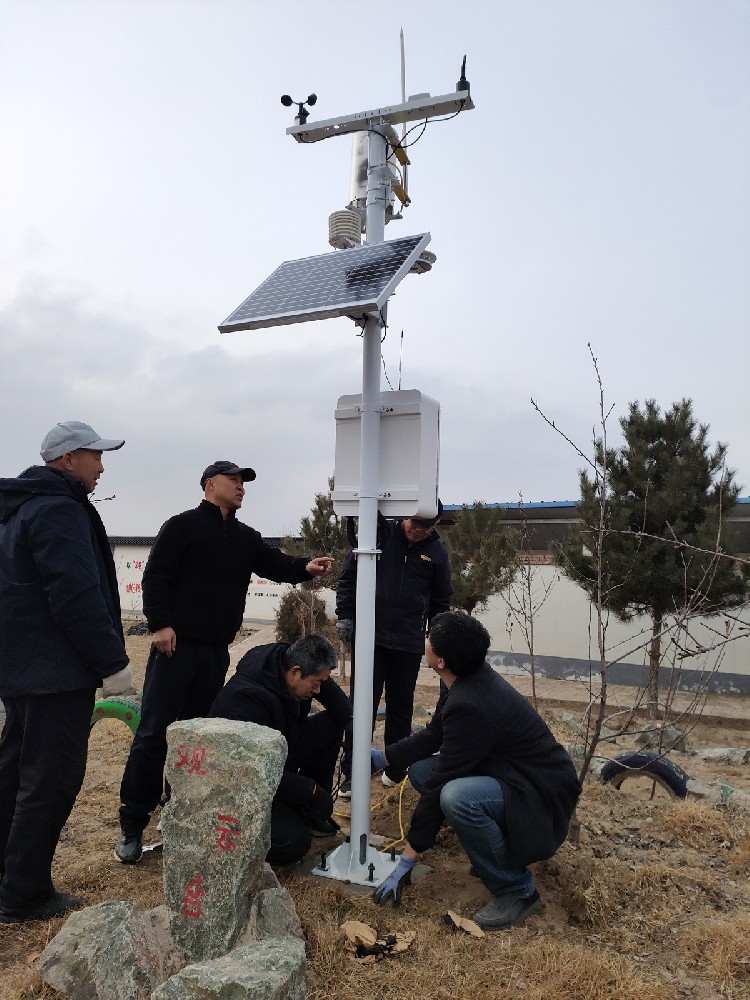
Smart stations feature IoT cloud connectivity and data analytics—they don’t just collect data but enable remote monitoring and generate analytical reports.
No—it operates offline and caches data, automatically syncing when the network is restored.
Yes—supports custom parameter combinations and interfaces like MODBUS, MQTT, and HTTP.
Niubol’s cloud uses multi-layer encryption and backup mechanisms for long-term security and traceability.
Yes—via API or MQTT, it connects to agriculture, energy, or environmental management platforms.
Yes—with built-in solar power and smart battery management, ideal for remote, mountainous, or field environments.
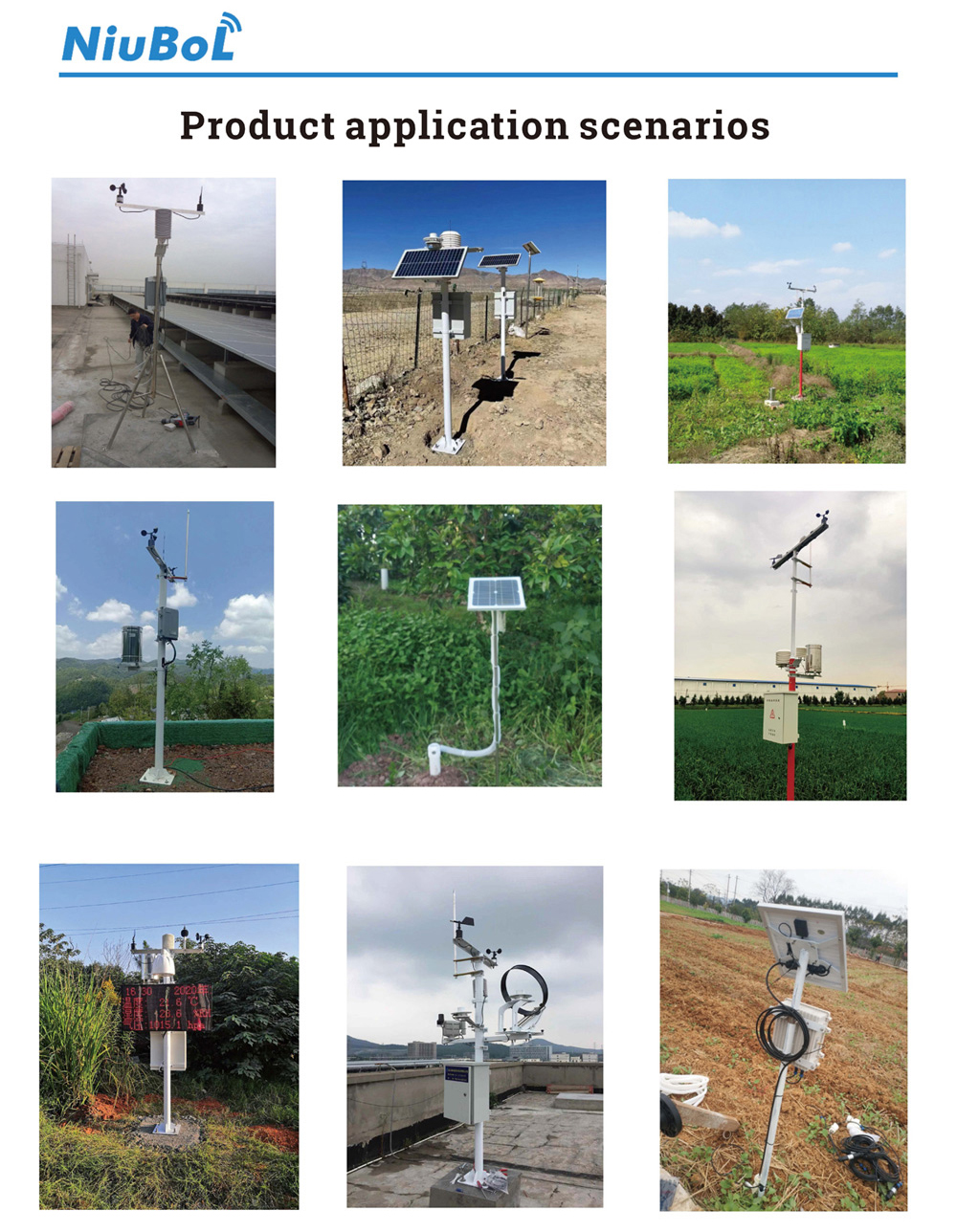
Smart IoT weather stations are more than data collection devices—they are bridges between the physical and digital worlds. Through real-time data, cloud analytics, and intelligent algorithms, they enable:
- Precision irrigation and higher yields in agriculture
- Optimized power generation and asset management in energy
- Smarter, more efficient environmental governance
Niubol continues to drive global digital transformation in agriculture, energy, and environmental sectors with reliable sensing technology and an open IoT platform—turning every weather data point into power for a sustainable future.
Related recommendations
Sensors & Weather Stations Catalog
Agriculture Sensors and Weather Stations Catalog-NiuBoL.pdf
Weather Stations Catalog-NiuBoL.pdf
Related products
 Combined air temperature and relative humidity sensor
Combined air temperature and relative humidity sensor Soil Moisture Temperature sensor for irrigation
Soil Moisture Temperature sensor for irrigation Soil pH sensor RS485 soil Testing instrument soil ph meter for agriculture
Soil pH sensor RS485 soil Testing instrument soil ph meter for agriculture Wind Speed sensor Output Modbus/RS485/Analog/0-5V/4-20mA
Wind Speed sensor Output Modbus/RS485/Analog/0-5V/4-20mA Tipping bucket rain gauge for weather monitoring auto rainfall sensor RS485/Outdoor/stainless steel
Tipping bucket rain gauge for weather monitoring auto rainfall sensor RS485/Outdoor/stainless steel Pyranometer Solar Radiation Sensor 4-20mA/RS485
Pyranometer Solar Radiation Sensor 4-20mA/RS485
Screenshot, WhatsApp to identify the QR code
WhatsApp number:+8615367865107
(Click on WhatsApp to copy and add friends)
